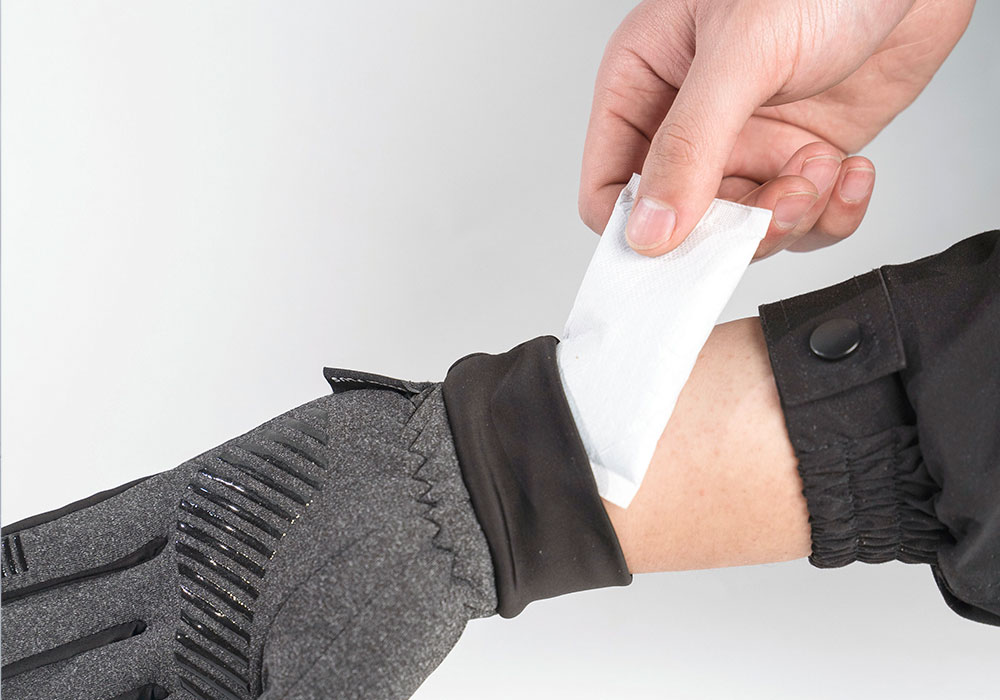Frostbite is a common condition in which skin and tissue damage is caused by exposure to extreme low temperatures, often in cold regions or in cold winter climates.
Prevention of frostbite is crucial. Severe frostbite can lead to tissue necrosis and long-term health problems.
Symptom:
1. The affected skin may appear pale, whitish or gray, and sometimes cyanotic or purple.
2. There may be numbness, tingling, or pain in the affected area, feeling unusually cold or unusually hot.
3. In severe cases, frostbite may cause edema, vesicular scarring or ulceration in the affected area, and even tissue necrosis.


How can we avoid frostbite?
Frostbite is common on exposed areas such as fingers, toes, and face. The key to preventing frostbite is to avoid prolonged exposure to low temperatures.
1. Wear clothing with good thermal insulation performance or carry heating equipment, including hats, gloves, hot water bottles, or disposable heating warmer, in cold environments to ensure that all parts of the body are well protected.


2. Keep your body and clothing dry. Because moisture will accelerate heat loss and increase the risk of frostbite.
3. Minimize outdoor activity time in extremely cold environments and avoid prolonged exposure to cold weather.
4. Proper exercise can improve body heat production and help maintain body temperature.


